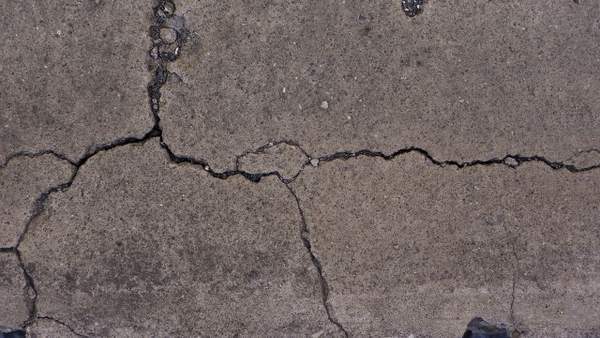Foundation issues can be the silent threat lurking beneath your home, often unnoticed until significant damage occurs. Understanding common foundation flaws is crucial for homeowners and potential buyers alike. As seasoned home inspection professionals, we delve into these issues with precision, helping you safeguard your investment and maintain your property’s value. In the following sections, we’ll explore some of the most common foundation problems and offer insights into how professional inspections can preempt costly repairs.
Identifying Cracks: When to Worry
Cracks in your foundation are not uncommon, but not all cracks are created equal. Hairline fractures may be harmless, while others signal serious structural issues. Key indicators of problematic cracks include:
- Horizontal Cracks: Often a sign of pressure from soil expansion, these can jeopardize the structural integrity of your home.
- Stair-Step Cracks: Common in brick foundations, these may indicate settlement issues or moisture-related problems.
- Wide Cracks (over 1/4 inch): These warrant immediate attention and potentially professional intervention.
Regular monitoring and professional assessments can prevent minor issues from escalating into major headaches.
Moisture Management and Drainage
Water is a foundation’s worst enemy. Effective drainage systems and moisture barriers are essential in protecting your home. Here are some tips to manage moisture effectively:
- Ensure gutters and downspouts direct water at least 5 feet away from the foundation.
- Maintain a proper slope around your home to facilitate water runoff.
- Consider installing a French drain or sump pump in areas prone to flooding.
Adhering to these practices can help maintain soil stability and prevent foundation damage caused by water infiltration.
Soil and Vegetation Considerations
The type and condition of the soil beneath your home play a critical role in foundation health. Expansive soils, such as clay, can swell and contract with moisture changes, leading to foundation movement. To mitigate these risks:
- Plant trees and shrubs at a safe distance from the foundation to avoid root interference.
- Avoid excessive watering near the foundation, especially in clay-rich areas.
- Use moisture-retaining landscaping materials to maintain consistent soil moisture levels.
By understanding these potential issues and implementing preventative measures, you can protect your property from foundation problems. Professional home inspections offer a thorough evaluation of these conditions, providing peace of mind and preserving your home’s structural integrity. Scheduling a comprehensive inspection today can be your first step in maintaining a safe and sound home environment.



Recent Comments